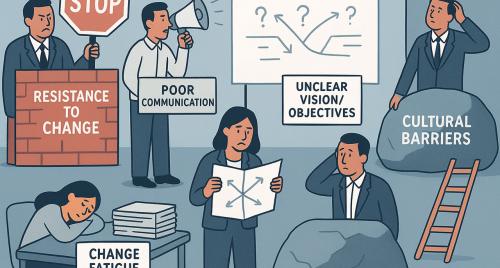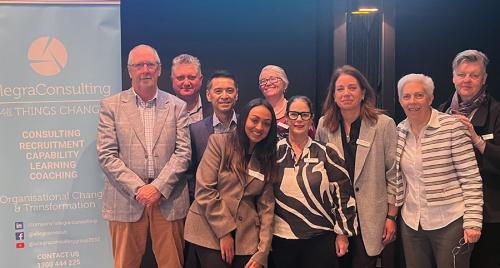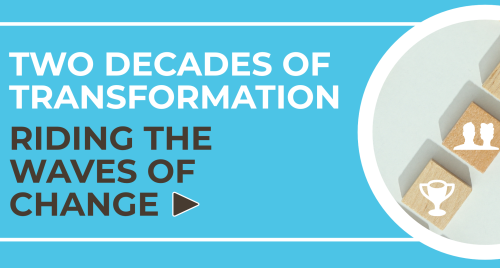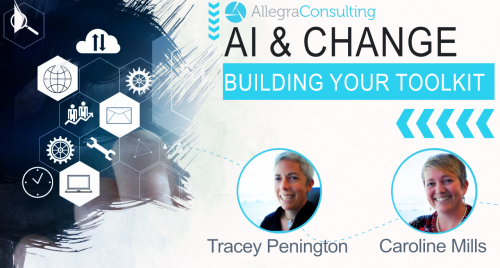
In the last three years, we have all experienced and had to adjust, adapt, and sometimes endure changes in our professional and personal lives. As Change practitioners, many argue that we should be well-equipped to deal with these changes, and indeed we are. However, while a seemingly continuous experience until recently, change now has an additional level of uncertainty that must be contended with. Global and local events, the emergence of new technologies, particularly AI, and the unforeseen consequences mean Change Management has an even more critical role.
The key advantages that Change Management confer on organisations are still true and will continue to be the outcomes that will drive effective change:
- Agility: A Change culture allows the organisation and individuals/teams to be more agile and better equipped to respond to internal and external change.
- Engagement: Employees involved in the Change process will take ownership and be engaged in their work, leading to greater job satisfaction and retention.
- Customer Experience: Change with a customer focus will build organisational effectiveness and loyalty with the customer.
- Competitiveness: Change will assist in driving innovation and helping the organisation anticipate new market trends.
How do we weave the advantages above into a view of Change Management as it continues to evolve through 2023 and beyond?
Change as part of an Organisation's Culture
As the iterations and process of change accelerate, we are at a point where change is continuous. To ensure that the organisation and employees benefit, a culture of continuous change should be encouraged and made part of the company ethos. By viewing change as a component of the company's culture, change itself is demystified and will be a mechanism for, as mentioned above, Agility, Customer and Internal engagement, and Competitiveness.
Change Platforms
Whether it be an FAQ, online tutorials, or even in-app guidance systems that take users on the change journey, how change is applied, and the employee and customer taken on the journey are critical. Different methods, some complex and some straightforward can be used.
The platform itself is not the issue, but does it make the change journey effective for the individual and organisation? As Change Practitioners, we must ask, "Is this effective?" and "Is this the only option?". Sometimes the best judges of this are the people going through the change.
The Human
Despite the masses of data available to us, AI to guide us (and, on occasion, distract us), and the different models and methods available, success wholly relies on the people in the organisation. As mentioned above, change when part of the company culture makes a huge difference to its perception, impact on employees, and ultimately its success and the organisation's success. By making the employees part of the Change process, giving them a say, and being seen to be heard, they will feel engaged and energised. Rather than imposing change, they will soon be driving much of it. It will be seen and embraced as an opportunity, not something to be feared.
Many of these engaged and energised employees will evolve into Change Agents in their own right and will be powerful advocates and motivators in their own right. The people are critical, and indeed with this at the forefront of the process, the Change process will take advantage of a great opportunity and certainly, succeed.
Communication
While the pen has been mightier than the sword for millennia, it now has stiff competition from other media and communication methods. As a matter of course, we have become adept at online meetings, videos, social tools for collaboration and sharing of ideas, direct enterprise communication tools, and so many other options that, to many of us, it is second nature.
The tools we use have become even more important as many teams are now physically separated. Further, we must accommodate the situational needs; are we running a meeting, a training session, a town hall, or a workshop? Although the platform may be obvious, sometimes the best platform will become apparent when talking to the intended audience. As the options grow, we will learn what works and what doesn't.
Conclusion
The pace and nature of change are changing all the time. However, rather than being something to fear or resist, it is something that, as integrated into the organisational culture and operation, will provide new methods for improving an organisation's competitiveness and success.
It will also allow its employees to feel engaged, regarded, motivated, and influential.








